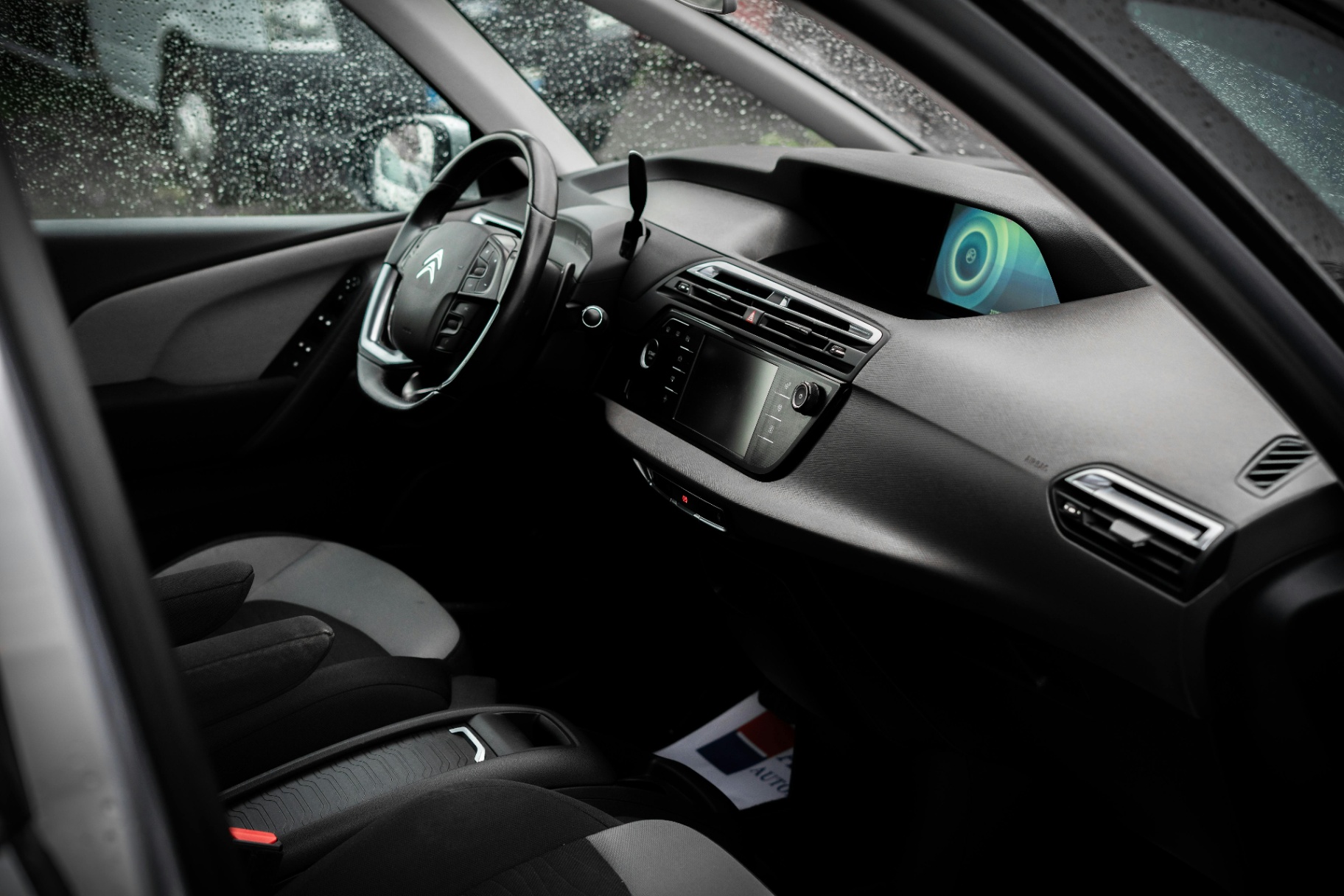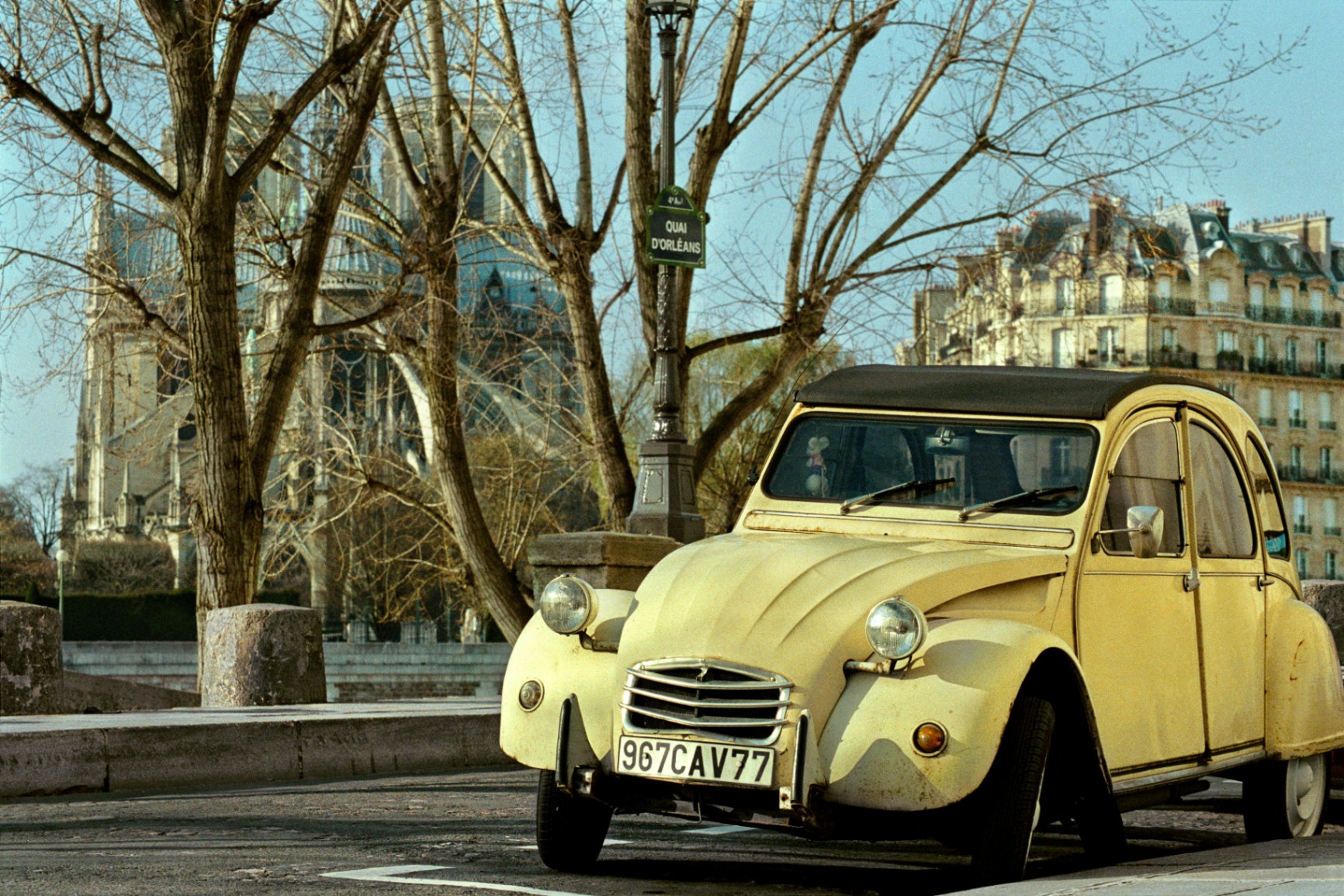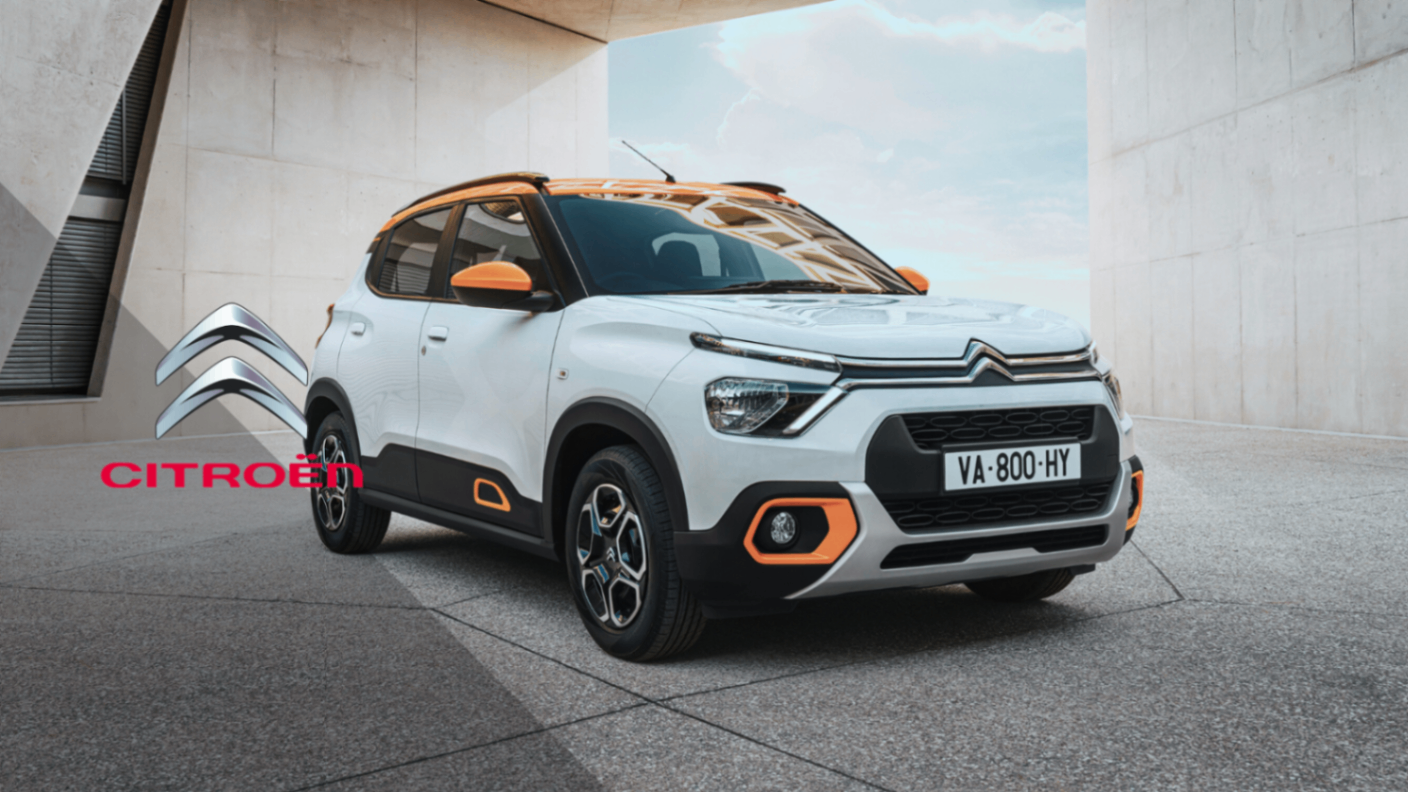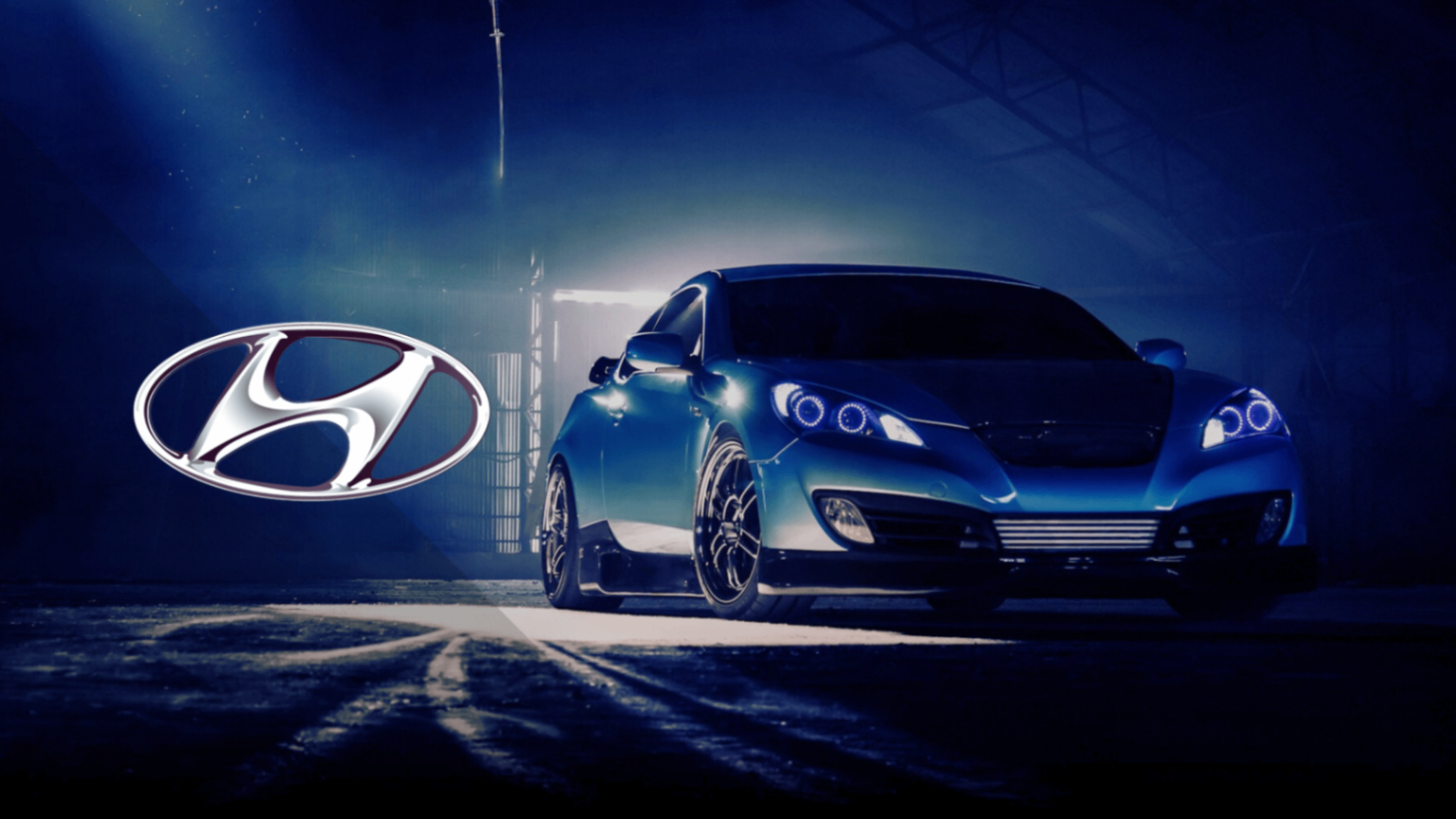
Since its inception, Citroën has challenged automotive conventions with a unique vision that blends creativity, bold design, and advanced technology. From the iconic 2CV to the futuristic DS, the French brand has left an indelible mark on the industry.
Citroën's Innovative Essence
Since its founding in 1919, Citroën has been synonymous with innovation and paradigm shifts in the automotive world. The futuristic vision of its founder, André Citroën, who confidently asserted that "the automobile must be more than a means of transportation, it must be a work of art in motion," has guided the brand throughout the years. André Citroën was not only a visionary entrepreneur but also a passionate engineer with a deep love for technology and design, allowing him to transform his ideas into tangible realities that revolutionized the industry. His focus on constant innovation and the creation of vehicles that were not only functional but also aesthetically stunning has been a cornerstone of the company's philosophy.
In this blog, we will delve into how Citroën has left an indelible mark on the automotive industry with its bold designs and groundbreaking technologies, from its earliest days to the present. We will examine the brand's most significant milestones, the models that have redefined the automotive landscape, and how Citroën has successfully adapted to the changing market while maintaining its innovative spirit.

Citroën and the Traction Avant: A Paradigm Shift
In 1934, Citroën revolutionized the automotive market with the launch of the Traction Avant, the first mass-produced front-wheel drive car. This model not only improved road stability and performance but also introduced an unprecedented aerodynamic design that broke away from traditional styling of the time. Front-wheel drive allowed for better weight distribution and increased maneuverability, resulting in a safer and more efficient driving experience. Additionally, the Traction Avant featured a unitary body construction, an innovation that offered a lighter and stronger structure compared to traditional chassis.
The impact of the Traction Avant on the industry was monumental, setting new standards for safety and performance that would influence other brands for decades to come. Its ahead-of-its-time design and advanced technical features made it a benchmark for the automotive industry, inspiring other manufacturers to adopt similar technologies. The introduction of this model marked a before and after in automotive history, solidifying Citroën as a leader in innovation and design.

The Icon of Simplicity and Functionality: Citroën 2CV
In 1948, Citroën introduced the 2CV, a car designed to be both accessible and functional without sacrificing originality. This economical vehicle was conceived to be sturdy enough to carry loads across the countryside, and its innovative engineering even allowed for the transportation of eggs without breaking. The 2CV, whose full name is "Deux Chevaux" (two horses), referred to its fiscal horsepower, and was designed with the intention of motorizing the rural population of France, offering an affordable and practical mobility solution. Its long-travel suspension and ability to traverse rough terrain made it the ideal companion for farmers and rural workers. Additionally, its simple design and easy maintenance made it a durable and reliable vehicle, capable of withstanding the harsh conditions of daily work.
The 2CV became an icon of simplicity and functionality, and its legacy endures as a symbol of Citroën's ability to create practical and accessible solutions for everyone. Throughout its more than four decades of production, the 2CV won the hearts of millions of drivers worldwide, and its unique design and innovative spirit continue to be celebrated by enthusiasts and collectors. This model not only represented a technical advancement but also a cultural phenomenon, appearing in films, books, and being the subject of numerous exhibitions and events dedicated to its history and legacy.
The DS: Innovation, Style, and Futuristic Technology
In 1955, Citroën introduced the DS, a car that represented a quantum leap in terms of technology and design. This model not only surprised with its futuristic and elegant aesthetics but also with its technical innovations that placed it at the forefront of the automotive industry. With advanced features such as hydropneumatic suspension, which offered an unprecedented smooth ride by automatically adjusting the vehicle's height according to road conditions, and headlights that turned with the corners, significantly improving night visibility and safety, the DS redefined luxury and driving comfort. Additionally, its aerodynamic design and spacious, comfortable interior made it a symbol of sophistication and modernity.
Nicknamed 'the goddess' due to its French name (Déesse), the DS had a significant impact on popular culture, appearing in numerous films and television series, and being the preferred vehicle of many political figures and celebrities of the time. Its presence at important events and its use by world leaders gave it an almost mythical status, solidifying its place in automotive history as an icon of innovation and style. The influence of the DS extended beyond the automotive realm, inspiring designers and artists, and leaving an indelible mark on the culture and society of the 20th century.

Citroën in the 21st Century: Hybrids, Electrics, and the Return of Creativity
In the 21st century, Citroën has continued its innovative legacy with the development of hybrid and electric models such as the Citroën C-Zero and the AMI. These vehicles not only represent a significant advancement in terms of technology and energy efficiency, but also reflect the brand's commitment to sustainability and reducing its carbon footprint. The Citroën C-Zero, a compact electric car ideal for the city, offers a zero-emission urban mobility solution, while the AMI, with its ultra-compact and accessible design, redefines personal mobility with a focus on practicality and economy. Despite the demands of a more competitive market and the challenges posed by the transition to cleaner energies, the brand remains focused on creating cars with unique designs that stand out on the road. Citroën not only seeks to meet the current needs of consumers but also to anticipate future trends, integrating advanced technologies and innovative solutions into each of its models.
Looking to the future, Citroën plans to continue embracing innovation and maintaining its commitment to creativity and sustainability in the automotive industry. The brand intends to expand its range of electric and hybrid vehicles, incorporating new technologies that improve efficiency and the driving experience. Additionally, Citroën will continue to explore new forms of design and functionality, ensuring that each vehicle not only meets the highest standards of quality and performance but also offers a unique and memorable experience for the driver. With a clear vision towards a greener and more sustainable future, Citroën positions itself as a leader in the transformation of mobility, committed to creating a better world for future generations.








